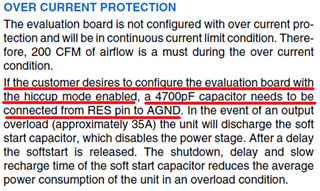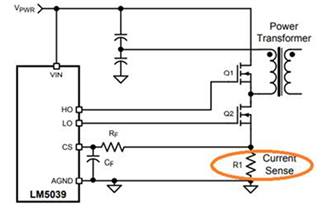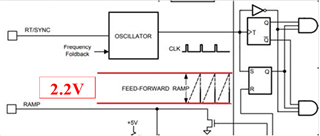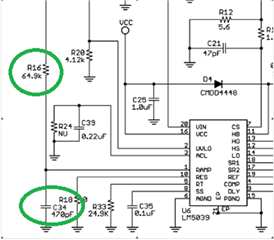Other Parts Discussed in Thread: LM5039
Hi Team
LM5039 EVM file (attached) p4
The content shows that to execute hiccup mode, the RES pin should be changed to 4700pF
May I know how this value came from?! Do we have calculation formula that could approve it? Thank you....










